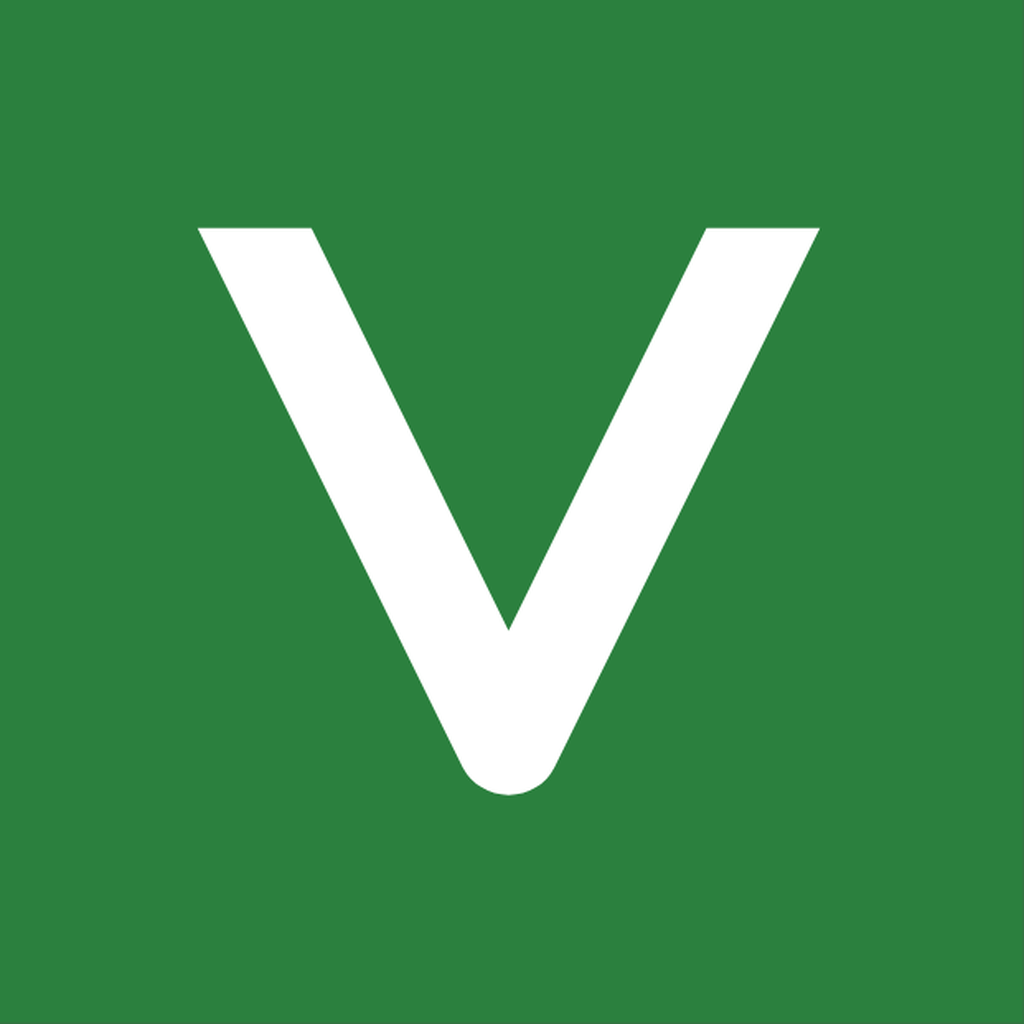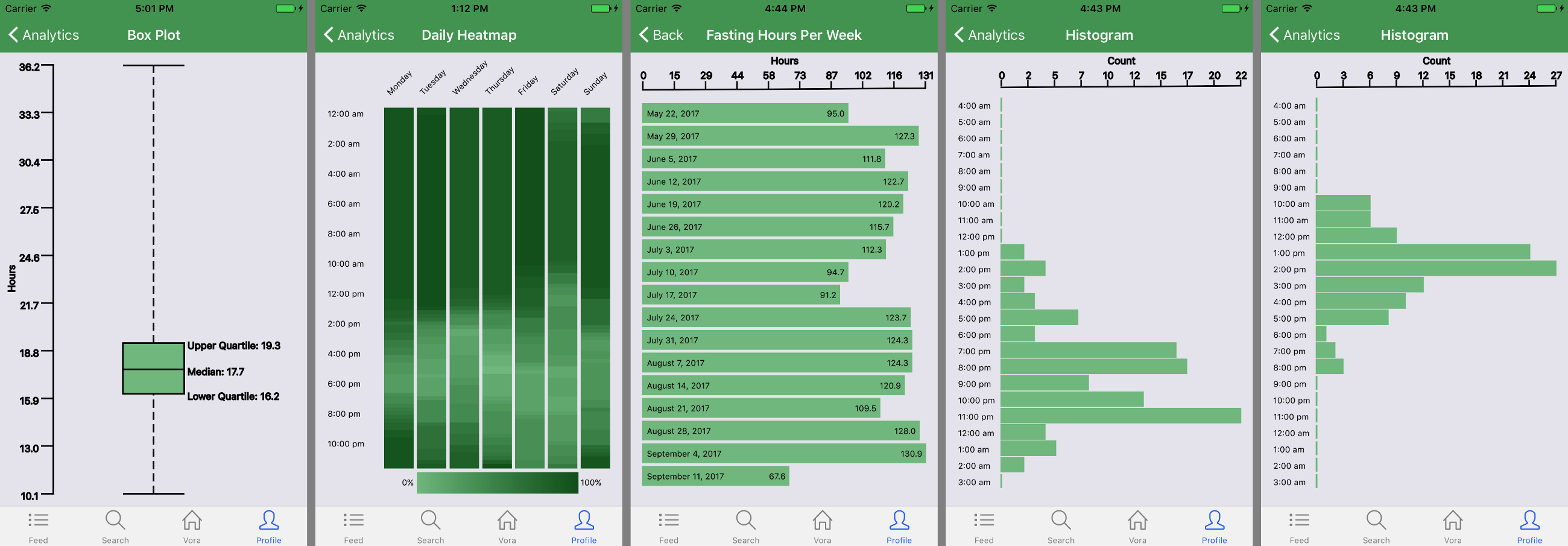Vora: A Case Study of Product Development

I've written about Vora before, but this post will serve as the comprehensive summary. I started doing the fasting diet in January of 2015. A couple years later, I decided I wanted to track what times I was fasting out of curiosity. I found that tracking was extremely effective for discipline, but the app I was using, Zero, was kind of buggy. I also was curious if it'd work to start a new social media space where users share their fasts with other users.
So I started on Vora in May of 2017, writing the app in React Native, which is a cross-platform technology that allows you to build for iOS and Android at the same time. In a month, I had versions up on the app stores. I actually didn't have an Android phone to test on, so I had my buddy Zach Erkkila download the app on his phone. He said it wouldn't even let him log on. I chuckled and bought an Android phone and ensured things were working smoothly, and pushed up an update. I run with a "ship it" mentality, sometimes you ship broken stuff. Better than not shipping at all.
It caught on quickly on Android, as there was no other remotely usable fasting app. People were just searching for "fasting app" and then downloading Vora. I had really stumbled on a ripe market.
I continued working on the app, adding the features that I saw fit. I was dogfooding the app, meaning I was using it myself, so I knew exactly what features were needed. I pushed out the social feed for Vora, which allowed people to share their fasts. People picked up on it and used it with regularity, including my own parents and siblings. That was a cool feeling.
Over time, the number of users kept growing and growing. 1,000 users. 3,000 users. 10,000 users. I knew at some point I wanted to monetize. My strategy was to offer advanced analytics to users who had logged a lot of data into Vora. In September, 4 months after launching the app, I launched the pro version of Vora, which unlocked these visualizations:

Purchases started coming in. Had I made it? Would I become independently wealthy and sail away into the sunset? Not quite. But sales were good, and having paying users was a thrill.
With the legitimacy gained by having thousands of users and even paying users, I did a pitch at a meetup and did a podcast.
Nothing material was resulting from these efforts, but it was a lot of fun to talk about the success that Vora was having. In February of 2018, Vora hit 100,000 registered users. Broadly media interviewed me for a hitpiece, so I tried my hand at public relations. Interesting times.
But alas, I was losing steam on the project. Between working my full-time job and wanting to work on other side projects, I found less and less time to work on Vora. My last commit to Vora was in April of 2018, less than a year from the first commit. The app continued chugging along, but competition became fierce. Every time I looked on the app store, there was a new tracker, some of them backed by larger companies. I basically decided that I couldn't compete with venture-backed development teams, so I put Vora up for sale.
A few months after I listed it for sale, a fitness startup from Hong Kong reached out. Over a few weeks, we negotiated a price and I sold Vora. I think I got a fair price for the app, but I couldn't help but feel a pinch of regret seeing Vora owned by someone else. It didn't help that the company who took it over put full-page candy advertisements on the app and broke some basic features. I felt like I'd let my users down. But such is life, and it's liberating to me to not have to answer support emails or worry about what to build next to keep up with the competition. And having the experience of building, growing, and then selling a product is an experience that I'll draw on for the rest of my life.
So on to the next chapter, Laurium Labs. Here at Laurium Labs, I've partnered with my brilliant brother Brent. We deliver full-stack scientific computing solutions. Brent handles the math, physics, simulation, and technical programming, while I handle UI development, databases, and generic software development. We started working together in 2014, so this has been a long time coming. We're confident we can provide technical solutions to your toughest problems.